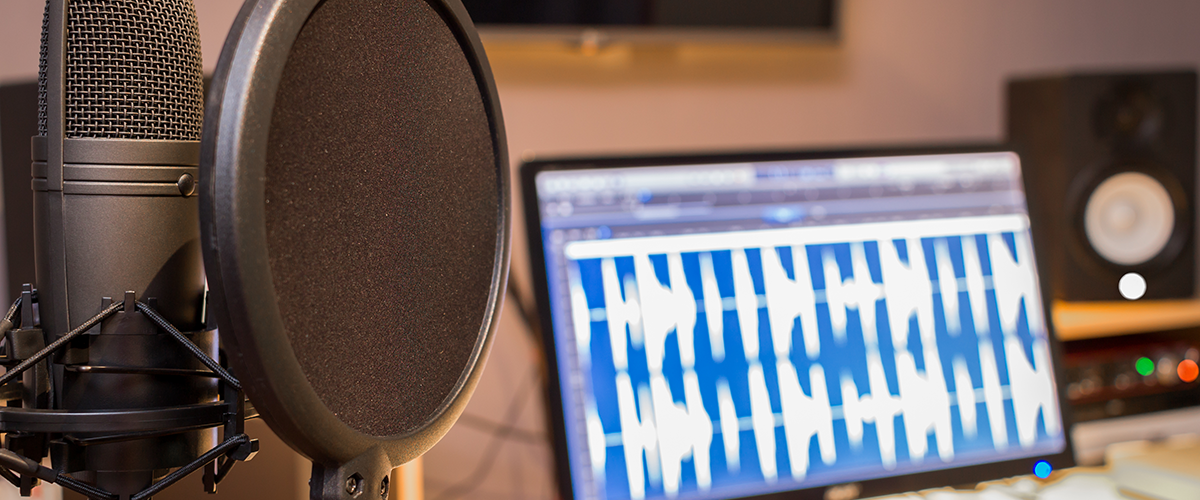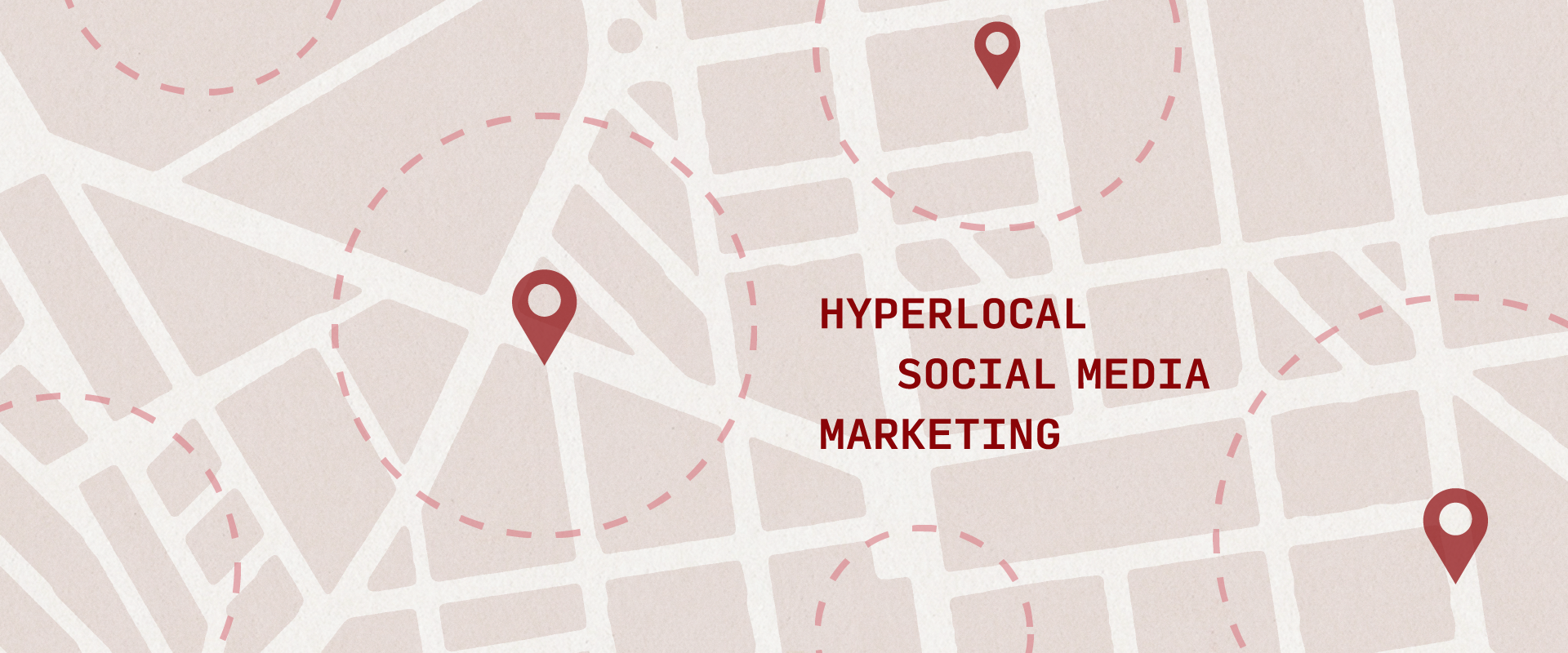 If you’re sticking to a strategy and have decided that creating podcasts makes sense for you and/or your client, it follows that you should become familiar with best practices. And because of your all-around-smarty-pants-ness, you’ve come to the right place.
If you’re sticking to a strategy and have decided that creating podcasts makes sense for you and/or your client, it follows that you should become familiar with best practices. And because of your all-around-smarty-pants-ness, you’ve come to the right place.
Building content helps you attract fans, because the marketing world is still one big popularity contest; how you make, distribute and accessorize your podcast will make a big difference.
What You’ll Need
Before you begin recording your first podcast, it’s imperative you acquire high-quality recording equipment and a space with little to no echo-effect. Podcasts only communicate through auditory channels, so there are no other ‘legs’ on which your content can stand. Luckily the cost of equipment is not going to break the bank and will be useful in a lot of content channels for other clients.
Microphones: You Can’t Cut Down a Viking with a Dull Sword
Personally, I recommend Blue’s Yeti USB Microphone. It plugs into any USB port, has multiple modes for best performance and produces audio clarity that would glisten if it were visual (which, sadly, it isn’t). It costs $129.99 before tax and, while that may sound like a lot for just one microphone, it’s arguably the most important piece of tech to acquire for your future as a superstar podcaster. You’ll also want to get a wind screen to eliminate any disturbance from your breathing or your attempt at emphasis (i.e. delivering your point with gale-force winds).
Be Software Savvy
Next, you’ll need software to record and edit your track. There are programs like Audacity and WavePad that will get the job done for free. If you’re experimenting or if you know that making one podcast is the only time in your life you’ll ever need said software, then these will work great. If you’re going to do other work for yourself or a client, you might want to suck it up and get Adobe’s Premiere Pro. The functionality, large market for add-ons and extensive online resources (what up, YouTube!) will give your business the ability to produce podcasts, vlogs and set you on the path to Spielberg-dom.
The Ins and Outs of Intros and Outros
Have you ever eavesdropped into the middle of a conversation only to catch a weird point way out of context? It’s kind of liking listening to a podcast with no clear beginning or end.
You’ll want to give your podcast a short, non-annoying intro (I know, that’s totally quantifiable) that sums up what your podcast is about. Then, add an extra dash of auditory sriracha and give it an outro. Both the intro and outro should include some background music to complement the emotion of your content. Start the music at a humble level (try -8.5 dbs) and have it fade to a low level (say, -23 dbs) so that it doesn’t burn your recording. You’ll get extra points if you record them with a different voice than your own: People do like you, but not that much. Sorry. DO NOT let the music carry too far into the beginning or start too far from the end of your podcast, because the song will potentially burn out for you audience and they might just jump ship. Because people are fickle like that.
What’s It All About?
You’re looking slick, bro. You’ve got your sleek mic, some kick-ass software making you look like the sound mixer for HBO’s Game of Thrones and your intro would charm the pants off a rattlesnake, if rattlesnakes wore pants. Now what?
Well, what’s the reason? Why does anybody care what you or your client has to say? I talked about strategy at the beginning, and this is the part where you dust off that working strategic masterpiece and research what you’re going to provide that is more than just the rinse-repeat cycle on your content washing machine. You want to add to the conversation that already exists or, better yet, create a new conversation for a group that’s underserved. There’s no hard-and-fast rule here, and it will take you some time to think it through. Your topic needs to be big enough to podcast on long-term, but narrow enough to have a common theme and reach a niche audience.
And speaking of long-term, you should strive to publish at least two podcasts per month. Otherwise, your fans-that-almost-clicked-“subscribe” will forget all about you and won’t see your next one. Do your best to post your content on a regular interval, because your fanboys/girls are waiting for you to drop your next sick hit.
You Did It — Almost
Well done. Your pride and joy is going to enlighten the masses and take your career/agency/basement playroom to the next level — if only the masses could hear it.
You’ll need to host your podcast somewhere. Don’t even think about hosting it on your website and calling it a day. I don’t care if you’re Coca-Cola and have a bajillion visitors to your site per month. People are coming to your website for all sorts of things, not just podcasts. I highly recommend SoundCloud.com. It’s free at first and it has an RSS feed that will allow you to push your podcasts to iTunes, Stitcher and any other podcast websites you can think of. iTunes and Stitcher are a go-to resource for people who listen to podcasts more than music on their drive to work, at the beach or their mom’s house. If it must be free, then try PodBean.com. There’s a steeper learning curve, but the interface is nice and the free analysis is, too.
Create a branded graphic (with logo!) for your podcasts. Your fans will come to recognize it and will, hopefully, take a last-minute-virtual-left-turn-from-the-right-lane to check it out when they see it. (You’re also required to have this graphic if you plan on pushing it to iTunes.)
Promote the Bejeezus Out of It
It’s time to find your first fans, and this is all about pushing this content to people you know will find your content relevant. Social media and social media advertising (if you’ve got some money left over from your equipment and software purchases) are the way to go to promote your podcast. Twitter is a good place to start. You can tweet @ people who are already popular and might like your podcast. If they do, and if they share it with their audience (BOOM!), you’re going to capture a lot of listeners quickly that you know already find your content valuable. In fact, you should spend as much available time you have sharing this content with influencers in the conversation you’re trying to join.
Also take advantage of Facebook’s targeting ability through advertising to find other potential audience members. Facebook is still relatively inexpensive and still provides a lot of “click” for the buck.
For content-creating professionals, you should also stack your content. Record your first podcast series, write blogs that say the same thing, record videos that basically say something similar and place that content strategically to capture as large of an audience as you can. Include links from one piece to all the other pieces and turn your digital existence into a fan-making-mill that will have them singing your praises from the tops of their virtual rooftops.
So that’s it: Congratulations! You’re well on your way to podcasting better than the pros. Any questions or ideas to add? Join the conversation by leaving a comment below.



